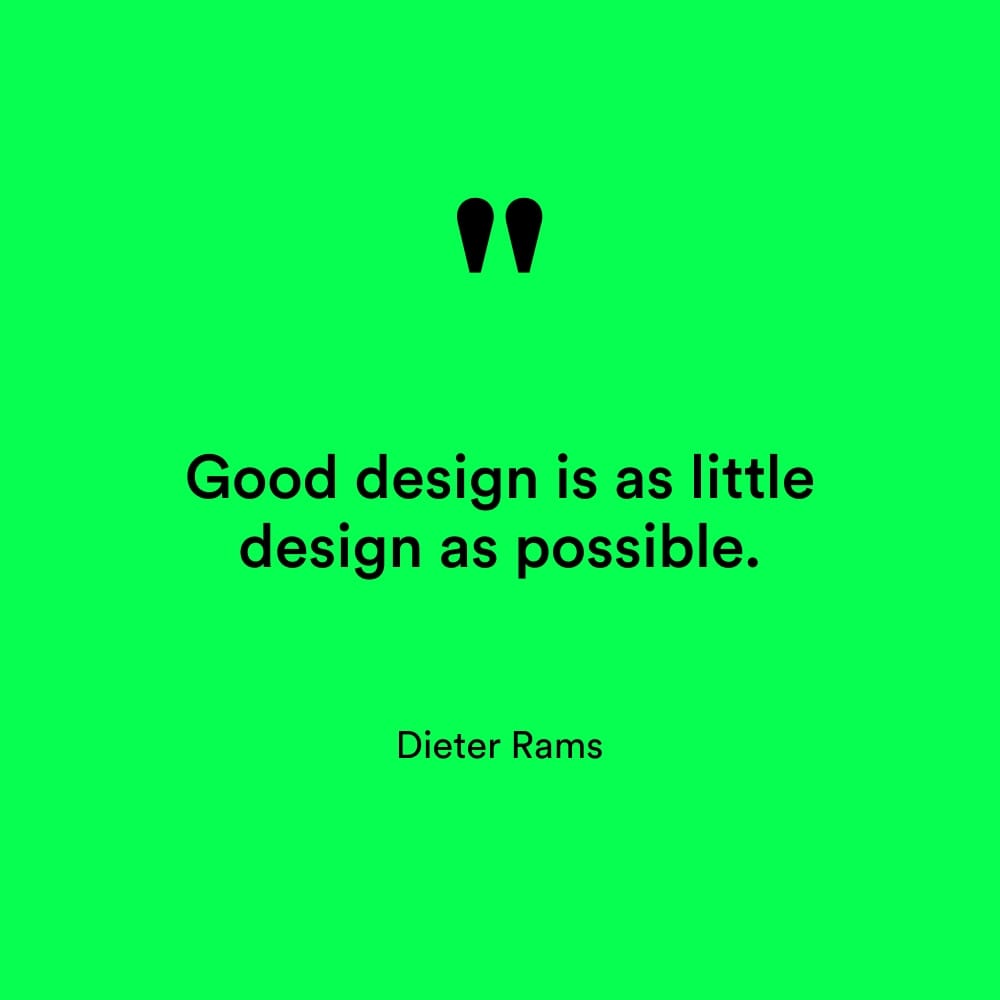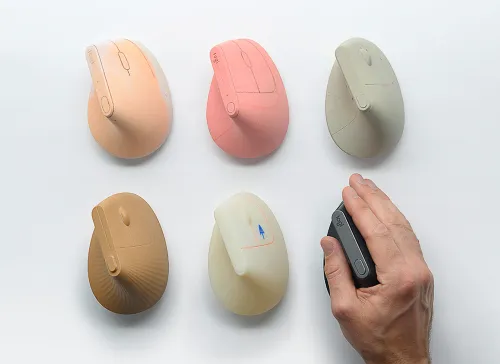Hello friends,
One of the things I love most about design is how the smallest frustrations can spark new ideas. What if a mouse could reduce muscle strain instead of causing it? That question led Logitech to one of its most interesting projects: the MX Vertical.
The final shape looks simple, but it was anything but easy to get there. Designers carved foam blocks by hand, shifting angles and grips to test how the hand and wrist responded. They then moved into 3D printing, producing dozens of variations with subtle changes in tilt and contour. Each one was tested in hand, often with sensors tracking muscle activity and fatigue. Some versions looked right but created tension. Others felt good but performed poorly. With each round, feedback shaped the next iteration of the prototype. After more than fifty iterations, the team developed a form that reduced strain by 10 percent while maintaining the precision of a performance mouse.
Every prototype is a way of asking a question and getting an answer you can hold in your hand. They are not about final refined ideas. They are about learning what works and what does not. The same principle guided IDEO decades earlier when Apple asked them to design the Lisa mouse. One of their first working models was simply a butter dish with a deodorant ball inside, built quickly to test the idea.
Logitech MX Vertical prototyping process, 2017. Via PA Consulting.
Thomas Edison worked the same way a century earlier. When attempting to invent a reliable light bulb, he tested thousands of materials for the filament. Some burned out in seconds, others snapped as soon as they were heated. He tried cotton thread, fishing line, cardboard, and even beard hair. Eventually, he found that carbonized bamboo could glow for hundreds of hours without breaking down.
People often asked him how he endured so many failed attempts. Edison’s popular response captured the essence of prototyping:
“I have not failed. I’ve just found 10,000 ways that won’t work.”
Each trial closed a door, but also pointed him closer to the one that would open.
The pattern shows up in film as well. Before Avatar, James Cameron and the team at Weta spent years prototyping performance-capture rigs and virtual cameras. Early versions failed to capture subtle expressions, or the equipment was too heavy for actors to use comfortably. Through iteration after iteration, they refined the rigs until the technology finally captured every nuance. What audiences experienced as seamless storytelling was built on countless trials that didn’t make it to screen.
I have seen this same process firsthand. At Adidas Advance Concepts, one loose idea for the Harden 7 was a dynamic fit system that could adapt to an athlete’s movements. At first, it was nothing more than paper cutouts, old shoes cut apart and glued back together, and stitched components assembled quickly in the lab. Those scrappy experiments gave us something to test and feel. What began as scraps eventually became the defining feature of the shoe.
And even then, the process does not stop. Once a final design is in place, brands typically undergo multiple rounds of factory sample testing. Each sample comes back nearly finished, yet there is always something to refine. A material change, a shift in fit, a subtle proportion tweak. All of it matters. I have never seen a product go from one sketch to production. Ideas create more ideas. Prototypes not only test the what, but they also reveal the why that makes a design meaningful.
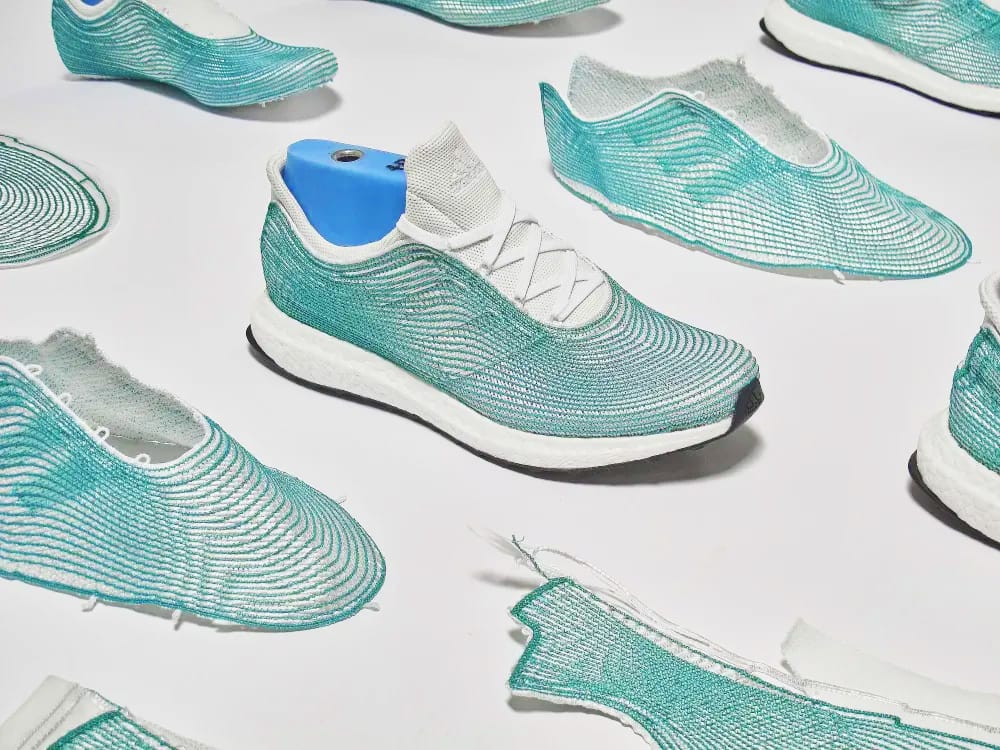
Across disciplines, the pattern is consistent. Early, rough prototypes open the door to collaboration and bring hidden problems to light before it is too late.
So the next time you are holding an idea that feels half-formed or awkward, resist the urge to dismiss it. Build it, sketch it, test it.
Three steps to remember:
- Start rough. Use paper, foam, clay, or anything you can find to quickly model the idea.
- Keep testing. Each failed attempt is a step towards clarity.
- Refine later. Worry about beauty, materials, and costs only once the idea proves its value.
Because sometimes the prototype you think least about is the one that could change everything.
Dream Big!
Hussain Almossawi
P.S. Reading Flip Thinking by Berthold Gunster, some great insights on how flipping problems often reveal the best solutions.
P.P.S. OXO's Iconic Good Grip Handles is a great case study on prototypes!
P.P.P.S. For something more playful, see Nine Ways to Use a Pitcher Prototypes by Leon Ransmeier, a wonderful exploration of everyday design!

Visual Storytelling for Hublot
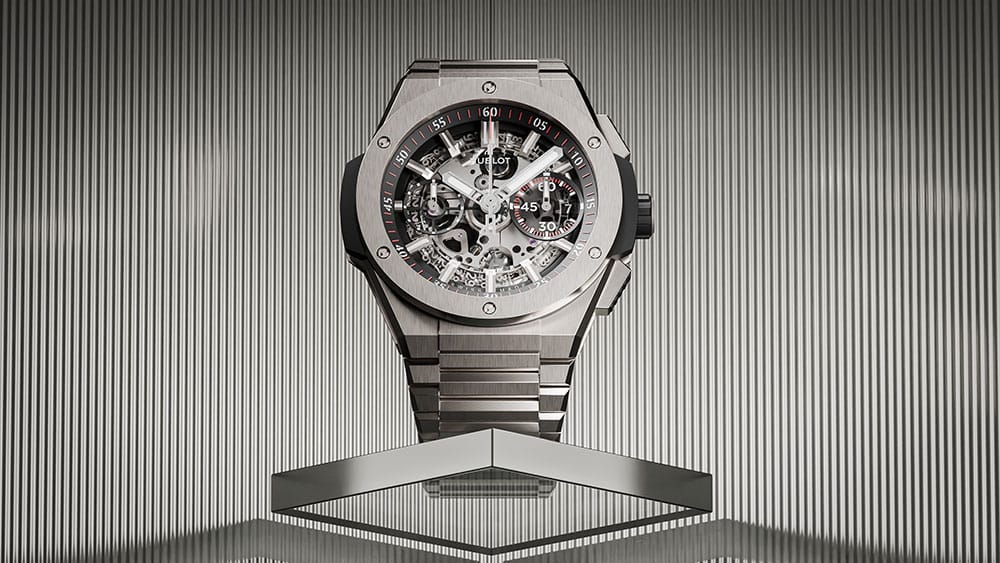
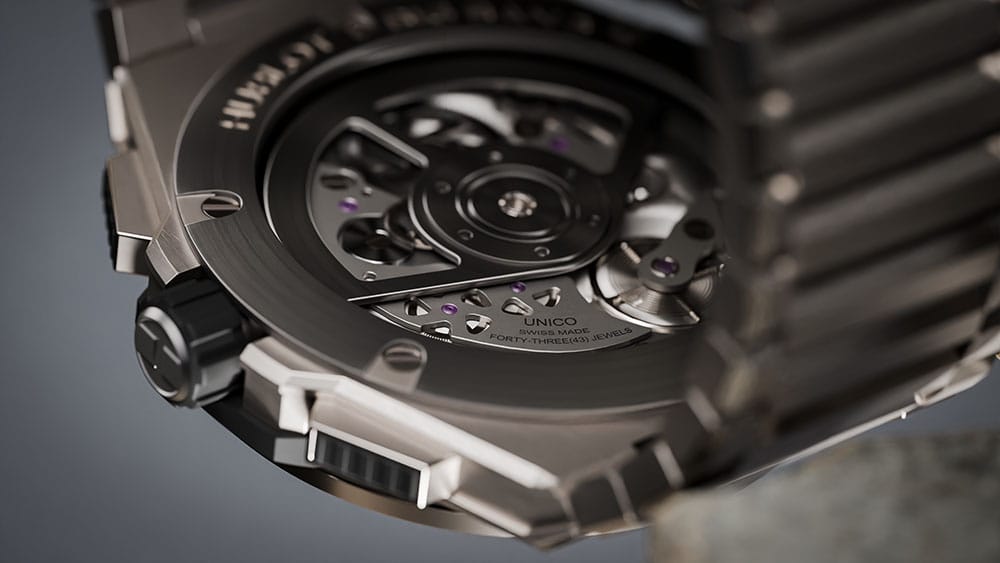
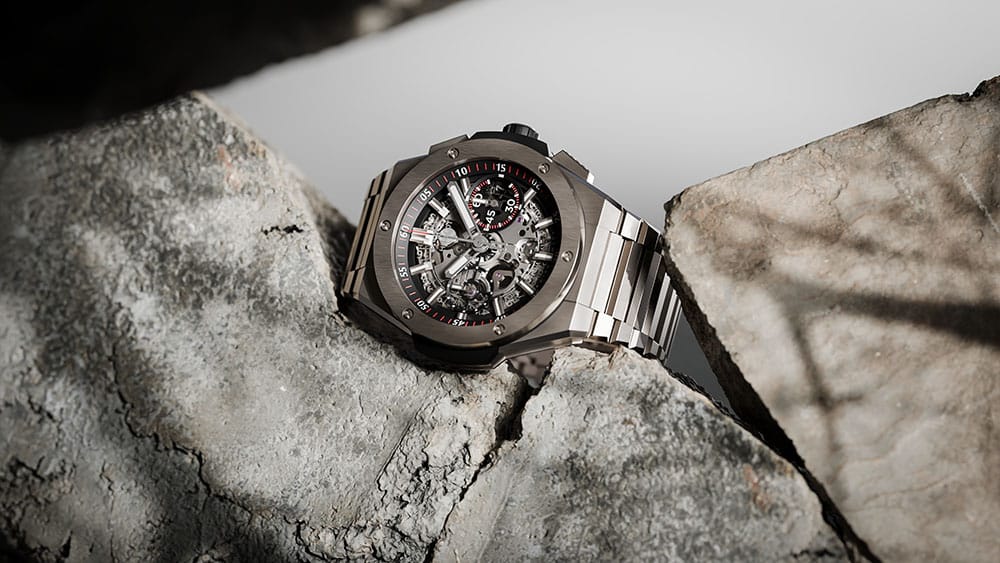
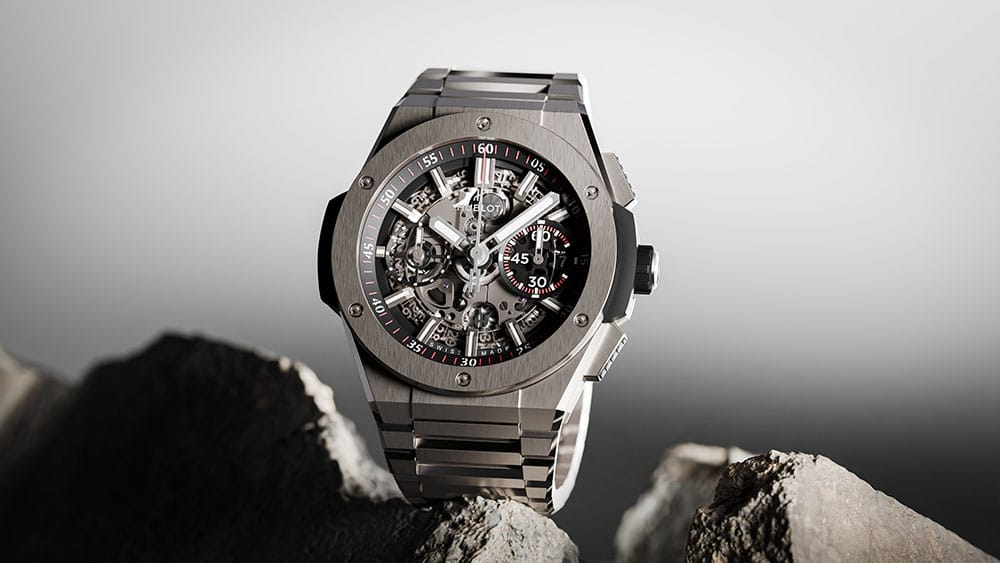
At Mossawi Studios, we recently worked on visuals for the Hublot Big Bang Integrated Titanium 451, focusing on a narrative that highlights both precision and personality.
From clay renders showing pure geometry to final shots with lighting and textures, every frame was crafted to balance technical detail with emotion. The result is a journey that elevates the watch beyond product photography into a story of design, engineering, and style. I hope you enjoy.

